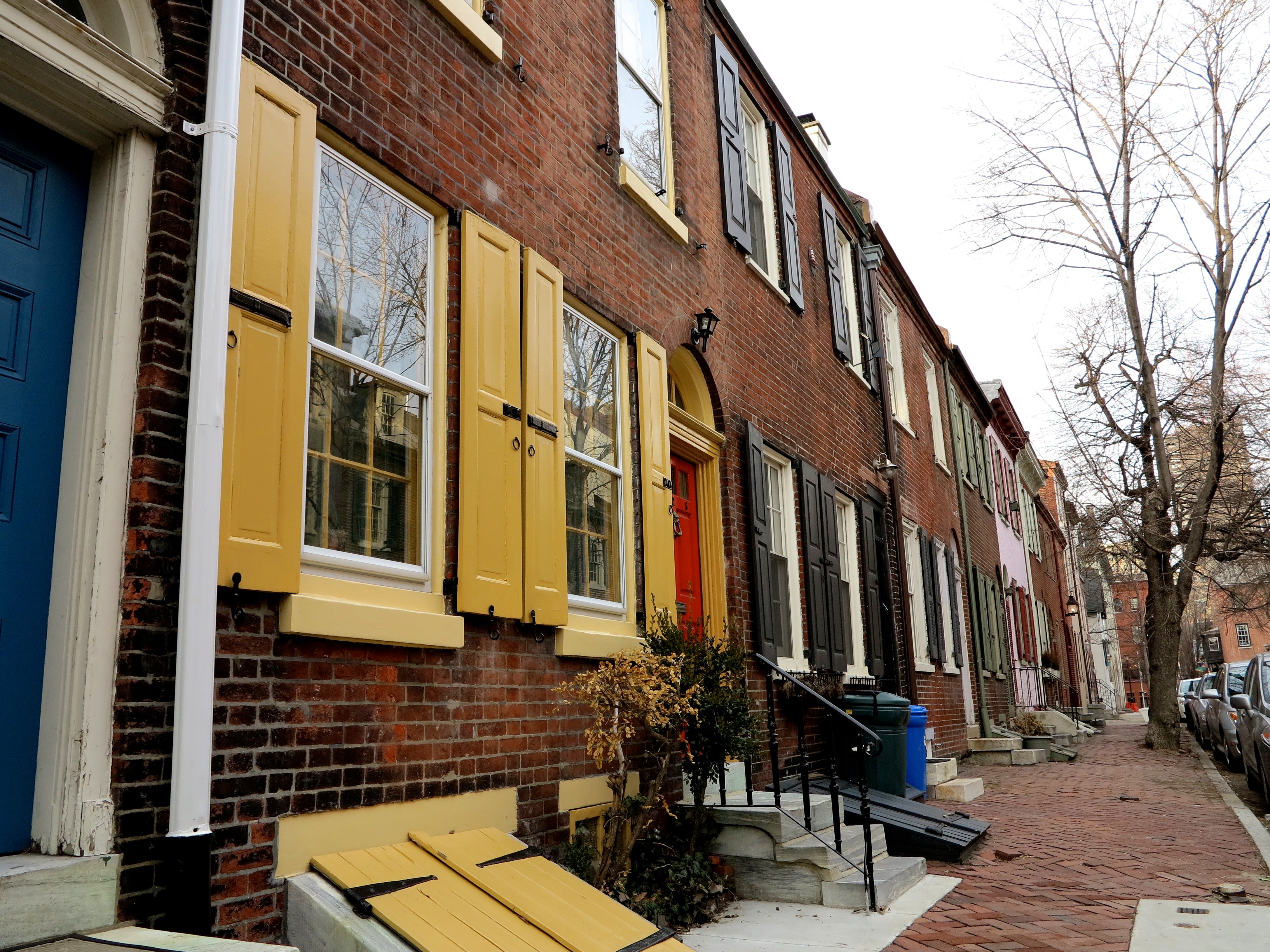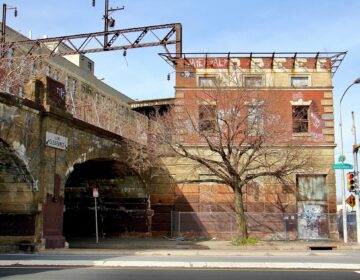Next mayor must reboot preservation infrastructure

As part of our election season op-ed series focusing on ideas for the next administration, the Preservation Alliance for Greater Philadelphia’s Ben Leech argues it’s time for the city’s historic preservation apparatus to go back to basics.
The next mayor of the City of Philadelphia will inherit a city whose primary assets include the historic character of its buildings and neighborhoods. She or he will also inherit a city that has never completed a citywide inventory of historic resources, has never developed or adopted a comprehensive preservation plan, and has no incentives to assist property owners in the rehabilitation of locally designated buildings. One can envision a city’s preservation policies as a kind of infrastructure— an integrated system of practices, regulations and allocations designed to support and advance the core premise that preservation is a public good.
While the outgoing Nutter administration deserves real credit for recognizing the importance of the built environment in the overall health of the city, its investments in comprehensive planning have largely ignored the city’s historic assets. Our next mayor will inherit a preservation commission that is woefully undersized, technologically obsolete, and leaves vast parts of the city almost completely unserved. Reversing decades of deferred action will not happen overnight; a comprehensive inventory of historic resources is a multi-year project, as is the development of a true preservation plan and a viable incentive program. But there are a few things that the next mayor can do from the outset to reestablish the importance of preservation planning and recast the Philadelphia Historical Commission into the proactive agency envisioned by the city’s Historic Preservation Ordinance.
How exactly is our preservation infrastructure failing?
Information Architecture
Take the Philadelphia Register of Historic Places, the list of culturally, historically and architecturally significant properties over which the Philadelphia Historical Commission has jurisdiction. Despite the fact that nearly 10,800 properties (about 2% of the city’s buildings) are currently listed on the Philadelphia Register, it remains an incomplete and skewed reflection of the city’s architectural, geographic, and cultural diversity. Much of this bias is hidden behind the Commission’s incredibly archaic data practices, which lag far behind the open data standards that other city departments have set under the Nutter administration. For example, the Philadelphia Register is publicly searchable only by property address and date of designation, making all but the most basic queries nearly impossible. How many buildings by a particular architect have been designated? How many of a particular style or era? How many churches or schools or bank buildings? The Historical Commission provides no tools to answer such basic questions about what is designated, never mind the more pressing questions about what isn’t but should be. A new mayor’s mandate for the Historical Commission to modernize its data practices, including the digitization of Commission files, will be an essential first step towards more transparent and effective preservation planning in the city. It will also help the Historical Commission better integrate with other branches of city government like L&I and the Philadelphia Land Bank, which should be more closely coordinating their activities with the Historical Commission.
Designation Stagnation
Another infrastructural failure can be seen in the city’s process for designating new properties to the Register, which in recent years has ground to a virtual halt. Even though Philadelphia has fewer historic districts than New York (with 102), Chicago (53), Los Angeles (24), or even Houston (16), the Historical Commission has all but given up any attempts to establish new districts. One nomination for Overbrook Farms has been tabled indefinitely after the Commission’s designation committee recommended its approval in November 2011, while a Washington Square West nomination has sat without action since early 2010. Without the staff resources or the political mandate to reverse this inertia, the Commission has essentially abandoned a major piece of its preservation mandate.
Though the Commission does continue to designate individual properties to the Register, these additions have come at a glacier’s pace. About 3,000 of the city’s 10,800 listed properties are outside a historic district, but only 70 of these were designated in the last 15 years. That’s an absurdly slow rate for a city whose eligible but undesignated buildings number conservatively in the hundreds.
As part of the Planning Commission’s ongoing Philadelphia 2035 planning process, 38 specific properties have been recommended for immediate designation in the eight (out of eighteen) district plans completed thus far. So far, only one of these recommendations has actually been designated. At the Commission’s current pace it would take almost a decade to designate the other 37, and at least another decade to address the recommendations of the next ten district plans. While it is important that the Historical Commission allows outside participation in the designation process (any individual or group is eligible to submit a nomination), it should not depend solely on the general public for nominations. Additional staff dedicated exclusively to property research and designation activities is an extremely modest, but extremely necessary, expenditure that the next mayor should insist upon.
Like a structurally deficient bridge, the consequences of a broken preservation infrastructure are very real. It is important to remember that demolition of any property not on the Philadelphia Register is “by-right” and requires only an over-the-counter permit from L&I. As the real estate market wakes up from eight years of relative slumber, our most distinctive and historic neighborhoods are seeing more investment. Without stronger preservation protections in those same areas, more and more of our city’s historic landmarks will be prone to demolition and insensitive alteration. Preservation-minded reuse is a key neighborhood and revitalization strategy. By reinvesting in our preservation infrastructure now, our next mayor has the opportunity to enhance on one of Philadelphia’s great assets, preserving our historic character for generations to come.
The Preservation Alliance for Greater Philadelphia has endorsed PACDC’s Equitable Development Platform, which will be released at a public event at 11:30am on February 18.
WHYY is your source for fact-based, in-depth journalism and information. As a nonprofit organization, we rely on financial support from readers like you. Please give today.





